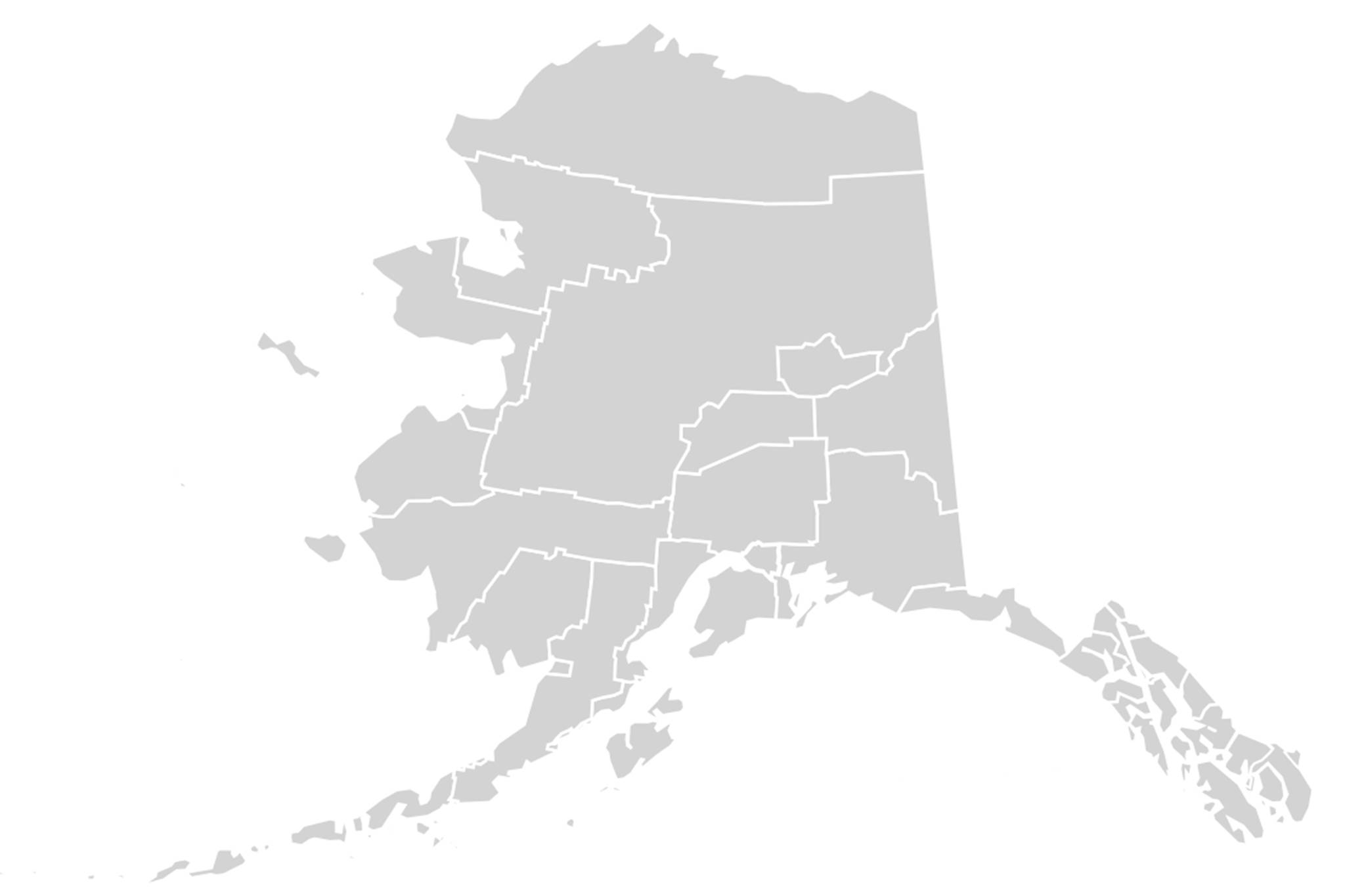The outbreak of syphilis in Alaska is growing rapidly, with cases more than doubling from 2018 to 2019, according to the Alaska Department of Health and Social Services.
“I think that what’s driving this outbreak is it’s gotten into a population of folks who are hard to find and don’t want to talk to us about their partners,” said Susan Jones, HIV/STD program manager for the State of Alaska’s epidemiology section, in a phone interview. “In order to control the outbreak, you have to find everybody that has an infection and get them treated. You have to identify all of the sexual partners who may have been infected and get them treated.”
Syphilis is a sexually transmitted disease that begins with sores and rashes and can eventually spread, attacking the neurological system, heart, brain and other organs, according to the federal Centers for Disease Control and Prevention. According to the DHSS, 94% of cases are found in urban areas, including Anchorage, Juneau, Fairbanks and the Matanuska-Susitna Valley region. The initial outbreak was concentrated in men who had sex with men, Jones said, but has sense jumped populations to men who have sex with women as well.
“When this outbreak started in 2018, we saw a huge uptick of cases in March,” Jones said. “To have that many cases in three months, we knew something was going on. We tried to talk to everyone.”
Alaska has long had some of the highest STD rates in the nation, Jones said, and this syphilis outbreak is the largest number of cases ever reported in the state. Some of the causes of that are outbreaks in populations with high risk factors, who are difficult to identify and help.
[Alaska has some of the highest STD rates, but the lowest HIV rates. Why?]
“Some of the folks were using drugs. Some of the folks were homeless or don’t have stable housing. It’s really hard to find people who are homeless or using drugs. Some of those people don’t want us in their lives,” Jones said. “Those symptoms might not be obvious. If you have a rash and it goes away you might not worry about. If you have a sore and it doesn’t hurt you might not worry about.”
The outbreak comes amid a national upward trend in STD cases, Jones said.
“For the fifth year in a row, the CDC reported the highest STD numbers ever. Syphilis is part of that. Alaska didn’t have congenital syphilis cases. Now we have two and maybe more,” Jones said. A congenital syphilis case is when a mother passes syphilis on to an unborn child, which can cause in-utero death, stillbirths or deaths after birth, Jones said. “
If we keep getting the same rate of case reports, I’m predicting that we may have 300 cases of syphilis this year,” Jones said.
The coronavirus outbreak has highlighted the importance of public health for many, and given many people a greater understanding of how contact tracing for infections works.
“There are ways to reduce the transmission. Practicing safer sex, reducing the number of sex partners, having sex with only people who you know don’t have infection,” Jones said. “Syphilis is totally curable. But it can cause irreversible damage to the body if it’s not caught early.”
The approach to countering the outbreak is effective, but only works if everyone plays their part, Jones said.
“There’s a three-pronged approach to STD outbreaks. One is the responsibility of public health, like my office. One is the responsibility of the provider, to ask the patients when they come in, what kind of sex they’re having and who they’re having it with,” Jones said. “And the third responsibility is on the person. We want you to have safe sex practices and to notify the partners if they have been possibly exposed.”
Should you get tested?
“Where do you go to get treated? You can call a public health nursing clinic. Planned Parenthood will also test you,” Jones said. “Alaska Native health clinics and centers. CDC has a website on places to get tested.”
The chance of reinfection exists if an infection isn’t completely eradicated within a group, Jones said.
“If you have sex with multiple partners or your partner is having sex with multiple partners. you should get tested,” Jones said. “With most of the STDs people will get reinfected because all of their partners haven’t been found.”
Alaskans can reduce the risk of spreading syphilis or other STDs like gonorrhea or chlamydia by doing things like using condoms, regular testing and having partners get tested as well, Jones said.

